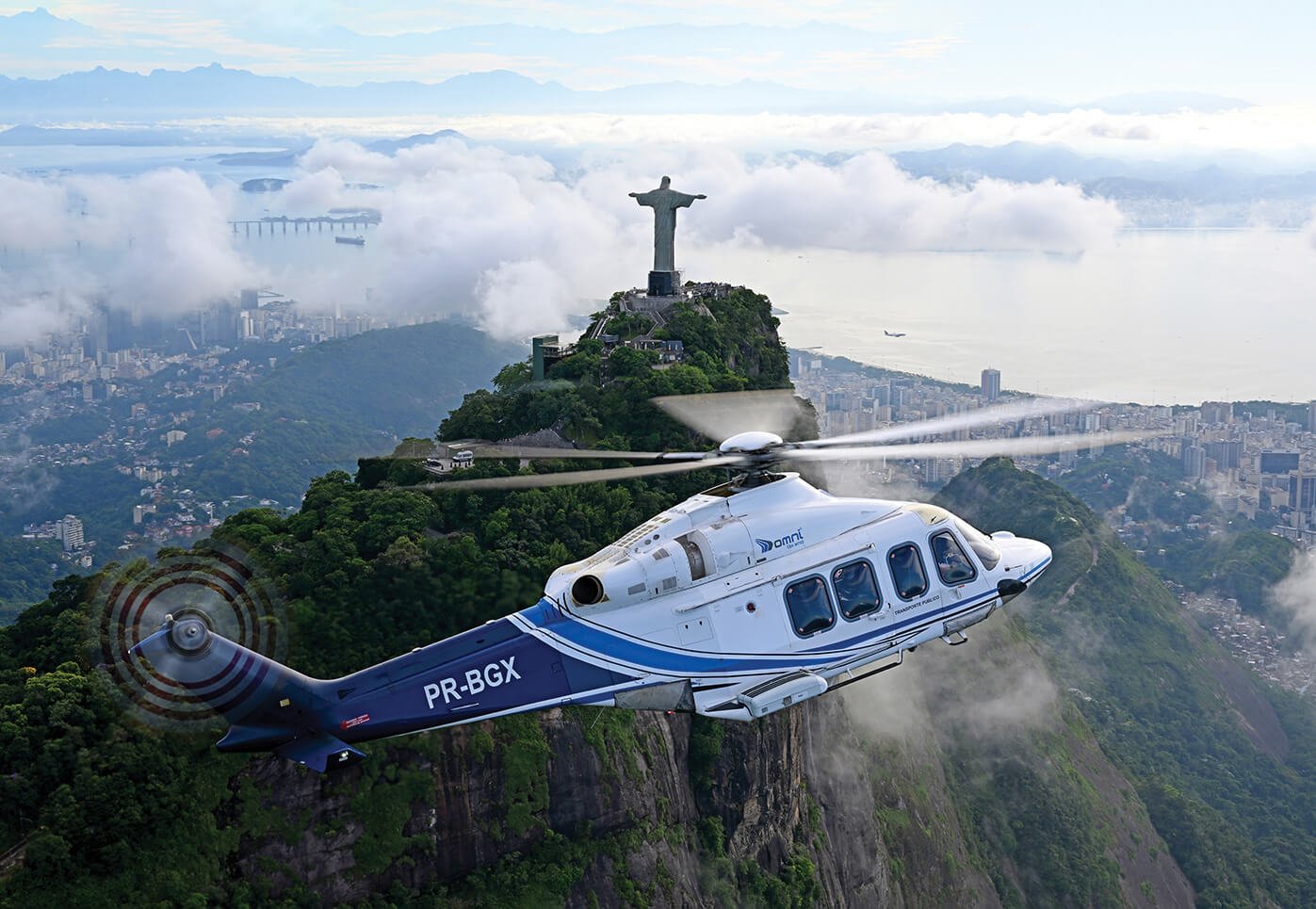It’s been a remarkable rebound for much of the offshore helicopter sector over the last couple of years. But it’s hard to imagine any operator is seeing a boom quite like Brazil’s Omni Taxi Aéreo (OTA).
The company has doubled in size over the last three years, and is set to end 2023 having recorded 72,000 flight hours and transported 700,000 passengers over the year. That’s not to imply it saw much of the downturn that impacted the rest of the offshore sector. According to CEO Roberto Coimbra, growth has been a constant factor for the company since it was established in December 2000.
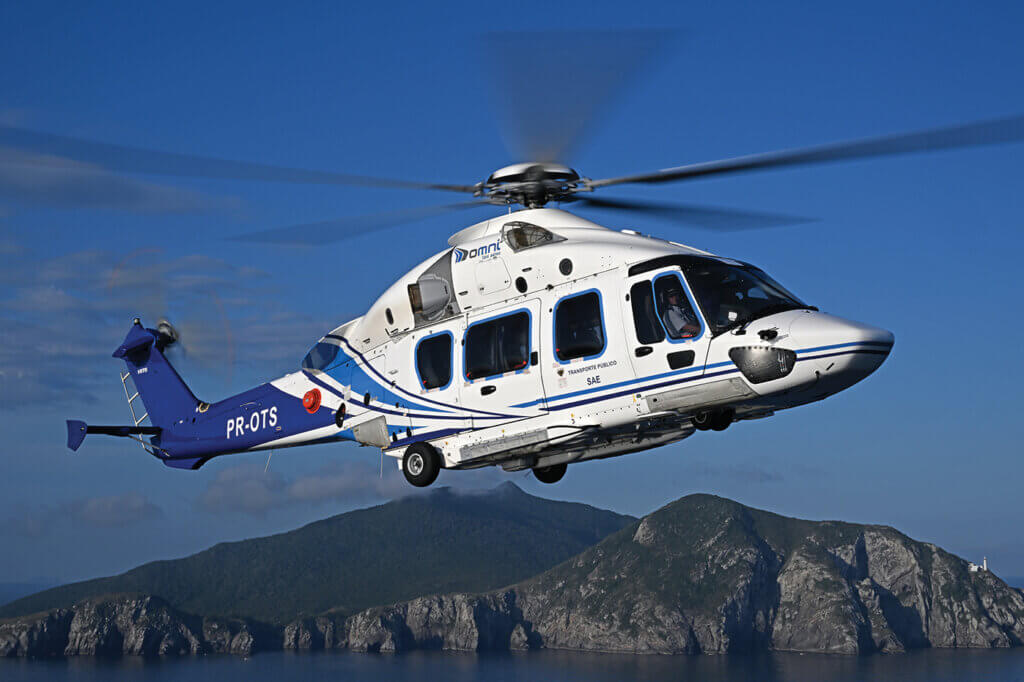
“We always grew since the beginning — even during the Covid time we were able to continue growth,” Coimbra told Vertical. “Sometimes we grew faster, sometimes we grew slower, but all the time we have been growing.”
While an enormous presence in the global helicopter market in its own right, OTA is a subsidiary of Omni Helicopters International, which is headquartered in Lisbon, Portugal.
OTA was established in December 2000, and has been led by Coimbra since the very beginning. Having started his career as a pilot in the Brazilian Navy, he subsequently gained a degree in engineering and some experience in financial management. After flying offshore with different companies, he joined Omni Helicopters International in 1997. A few years later, he led the effort to establish Omni Taxi Aéreo in Brazil.
The entry point was through flying support contracts for a few small oil-and-gas companies. Once OTA had gained approval from Petrobras and some of the other major producers as a service supplier, bigger contracts followed. The short-term contracts of the past have been replaced with more secure longer-term contracts, with more than 90 percent of its current deals covering more than three years.
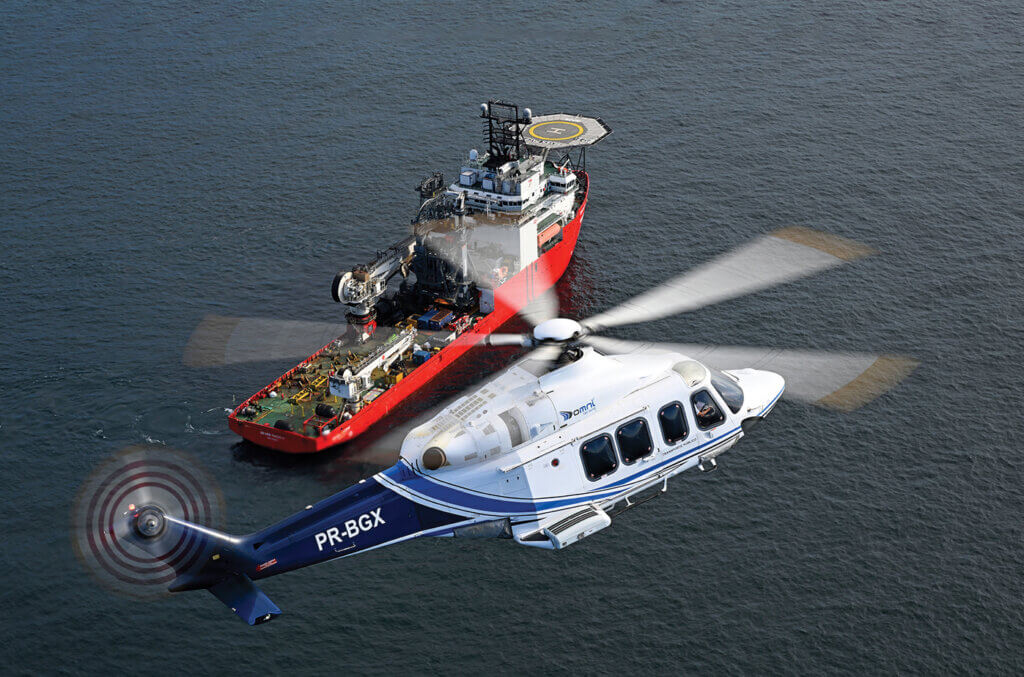
Over the years, OTA has established itself as a leader in the Brazilian offshore sector, with a 55-percent share of market today. The company is currently performing about 1,500 flights and transporting about 14,000 passengers each week.
Its fleet will grow to 75 helicopters by the end of 2024, and it has more than 1,600 employees. In the last year alone, OTA signed 30 contracts (including new and renewed), with 16 of those starting in 2023, and 14 in 2024. Revenue for the year is estimated to be close to US$400 million.
Offshore support clearly represents the vast bulk of OTA’s work, but it also provides air medical services and performs some external cargo work onshore.
A Varied Fleet
There are currently nine different types in the OTA fleet: the Leonardo AW119 Koala, AW139 and AW189; Sikorsky S-76 and S-92; and Airbus H135, H155, H175 and H225. Leonardo aircraft represent about 50 percent of the operator’s total fleet, with Sikorsky aircraft making up about 35 percent, and Airbus the remaining 15 percent. And, due to the heat of the Brazilian summer, all of OTA’s helicopters are air conditioned.
“I think most of the industry became aligned with the Leonardo product when they launched the 139,” said Coimbra, explaining the large presence of the manufacturer’s types in the OTA fleet. “It’s a very successful product and was in a moment that Sikorsky didn’t follow with new [medium] helicopters.”
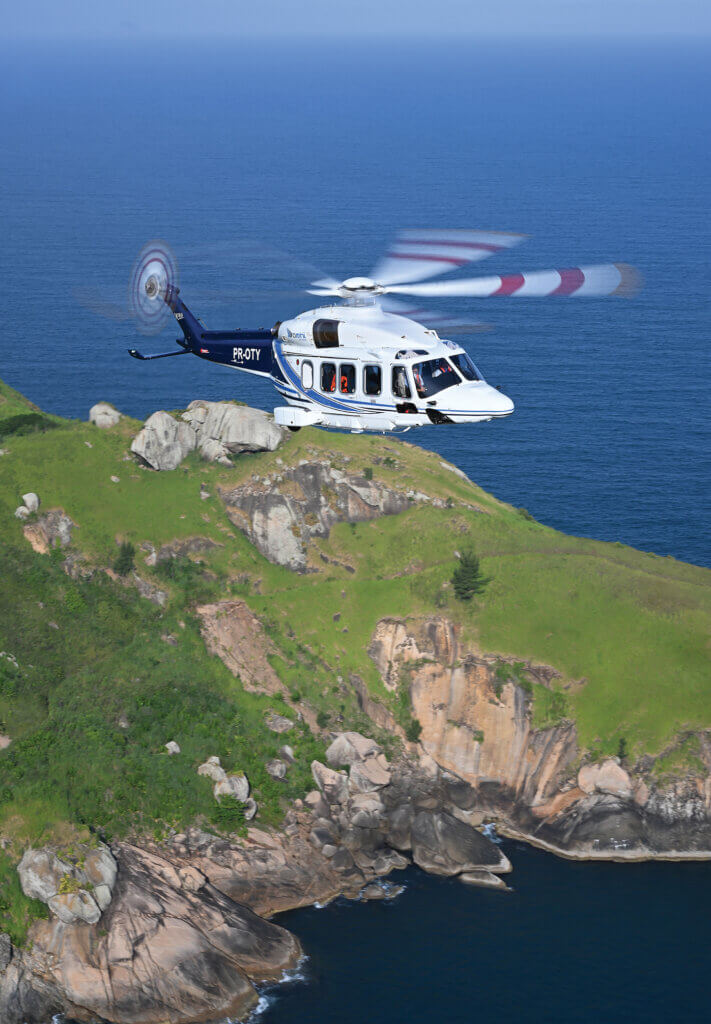
He said OTA was now looking to expand its fleet of Airbus aircraft to bring a greater balance between operator types. On the medium side, the operator is eying the H160, which recently began a route-proving program in the Gulf of Mexico with offshore operator PHI.
“Customers are giving very good feedback on this product [the H160],” said Coimbra. “We didn’t interact with this model yet, but our board is evaluating the possibility to get into this technology.”
As with offshore operators around the world, OTA has had difficulty getting critical components for the S-92. And this, combined with the generational leap represented by the super medium AW189 and H175, is seeing the operator begin to shift away from the heavy-lift stalwart.
“We understand the super mediums will be the future to replace, probably, the S-92 — if there is not a big reaction from Sikorsky,” said Coimbra.
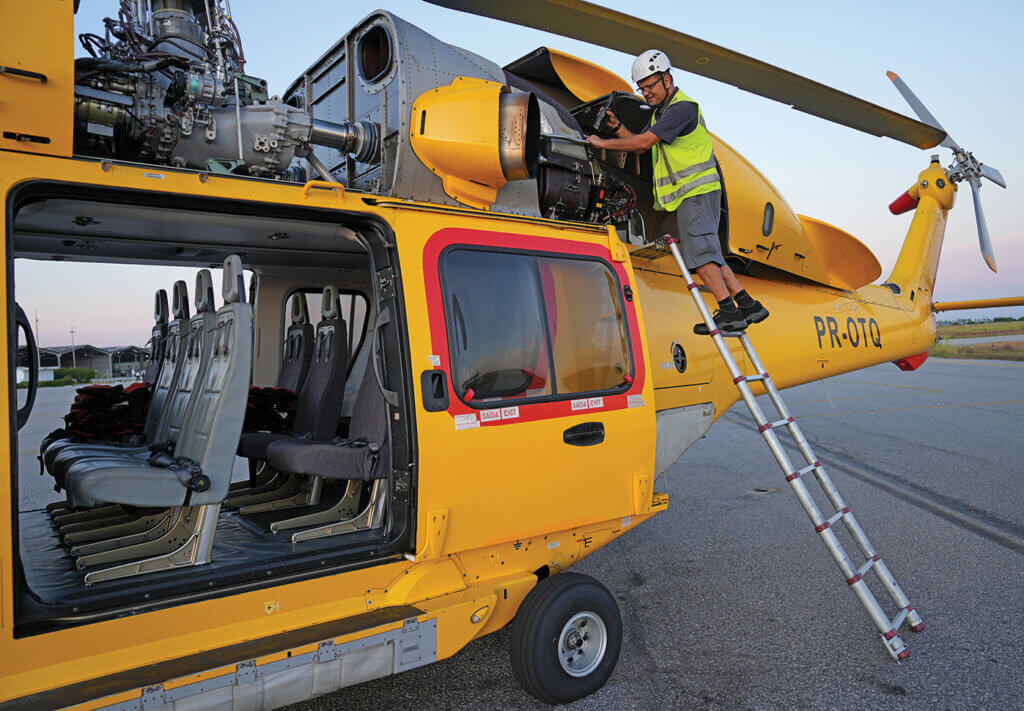
OTA currently has seven AW189/H175s, and is set to receive another five in 2024 (two H175s and three AW189s). It operates the two types with 16 passengers in an offshore configuration.
“The AW189 and H175 are very reliable products — we have very high availability on both,” said Coimbra. “The feedback from the crew and passengers is really very good. There is a lot of space inside the helicopter, the organization of the seats is very comfortable. They are very successful products.”
He said OTA has also had “several meetings” with Bell regarding its upcoming super medium offering, the 525 Relentless.
“I would say we are in advanced conversations with them to be one of their main customers as soon as the helicopter is certified,” said Coimbra.
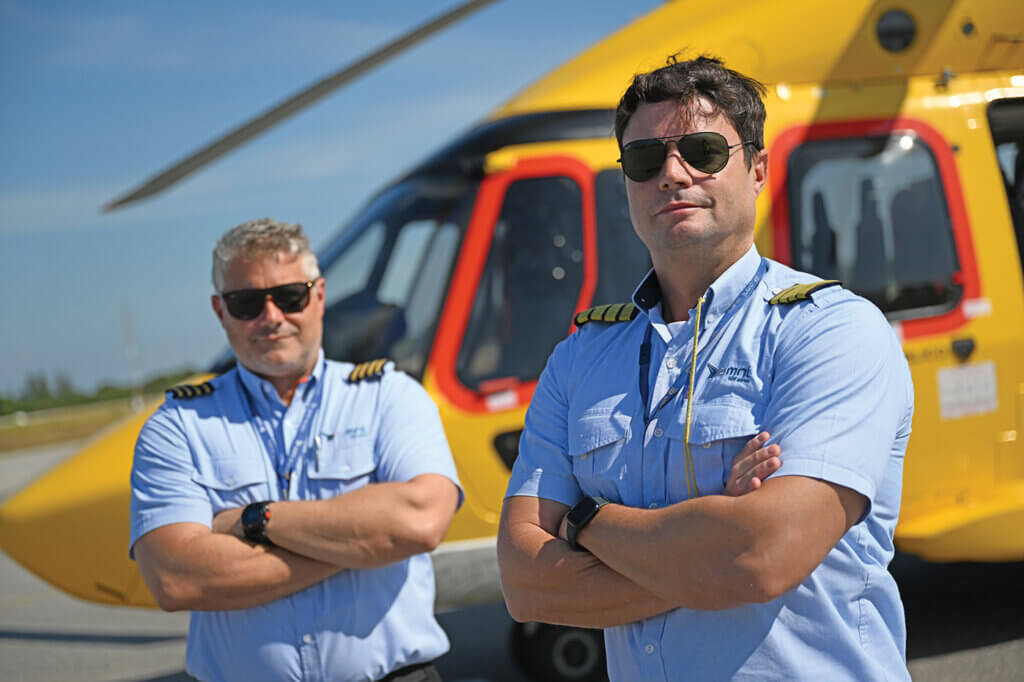
Home is Rio
OTA operates from 11 bases across Brazil, including Navegantes, Vitória, Aracaju, Cubatão, and Oiapoque. The highest concentration of bases is in Rio de Janeiro state, with Macaé (the first inaugurated by Omni in Brazil), São Tomé, Maricá, Campos dos Goytacazes, Jacarepaguá, and Cabo Frio all in the region.
Jacarepaguá is the company’s busiest facility, with 18 aircraft in operation, including the S-92, S-76, AW189, AW139, and Airbus H155. Omni’s presence here spans five different hangars, including a passenger terminal and a VIP room.
Cabo Frio is the next busiest base, with 12 aircraft (H175, AW139, S-76 and S-92). Only inaugurated in March 2020, it has two hangars that are each about 16,150 square feet (1,500 square meters).
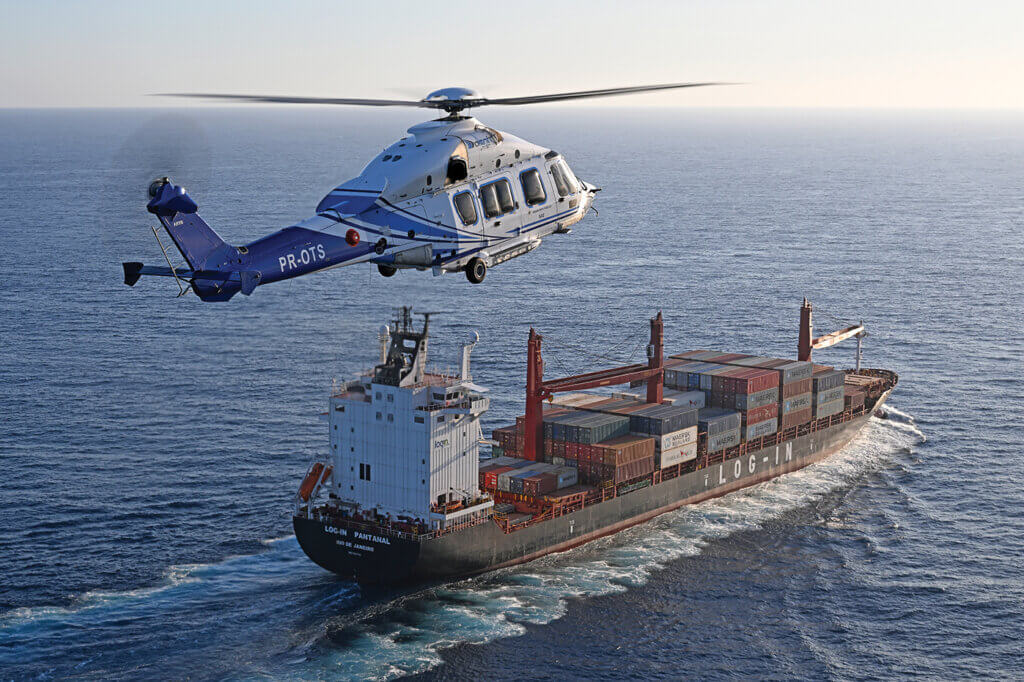
Having the ability to keep most of its fleet under cover is important for OTA, as it helps to protect the aircraft — and its electronics — from the harsh environment. Not only are the aircraft exposed to corrosive saltwater during their work offshore, but the hot summers bring baking temperatures — averaging around 40 C during the January/February peak. The summer can also be extremely wet, with heavy rains common during this time.
One of the more unique challenges OTA faces is the existence of a restricted order from the government that means only Brazilian nationals can fly for the operator. This compounds the staffing shortage that is impacting operators around the world.
Coimbra said the main source of staff for the operator was the military, but OTA has also worked hard to establish other avenues to increase its employee pool. Among these are its own flight school, launched 10 years ago, and outreach efforts through universities.

Further growth potential
Brazil’s offshore market is dominated by the “pre-salt” region — an oil-rich reserve that spans about 120 miles (200 kilometers) by 500 miles (800 kilometers) along its southeastern coastline. Much of this is in “ultra-deepwater” — at depths greater than 5,000 feet (1,500 meters).
Coimbra said the pre-salt region is “close to being mature,” and indicated the major future growth in the Brazilian offshore market may be further north, in the Equatorial Margin. This region covers an area of about 215,000 square miles (560,000 square kilometers) along Brazil’s northern and northeastern coasts, about 120 nautical miles (220 kilometers) offshore. Omni already has contracts to support Petrobras in the region, whose operations are awaiting approval from IBAMA — the administrative arm of Brazil’s Ministry of the Environment.
OTA’s operations are also beginning to broaden across the continent, with six helicopters in Guyana (which borders Brazil to the north) and a campaign due to begin in Argentina next year. Suriname, which neighbors Guyana on Brazil’s northern border, also holds promise, said Coimbra.

“We aim to continue growth mainly here in in South America, where we have a big presence and where we believe most of the opportunities are,” he said.
Environmental, social and corporate governance (ESG) is also a major consideration for the company’s evolving operation. “We understand that oil companies need to adjust their ESG actions — and we are doing the same,” said Coimbra.
This includes wanting to introduce sustainable aviation fuel “as fast as we can,” completing studies to understand how best to reduce emissions through flying different profiles and altitudes, and embracing sustainability in its hangars, through installing solar panels to provide renewable power.
The support of renewable energy is also on its radar. OTA expects offshore wind to begin to provide work in Brazil from 2028/29, with the first tender likely to be issued in 2024. Coimbra said the company has already earmarked the H135 for the role.
“Our helicopter already has the hoist provision capability because we are considering of course to enter this [offshore wind] market when it becomes available,” he said.
Looking to the future, OTA recently launched Revo — an air mobility service in São Paulo. Revo allows customers to book a private flight through an app, but its development is more to prepare for the arrival of eVTOLs than to tap into an existing need for on-demand helicopter flights.
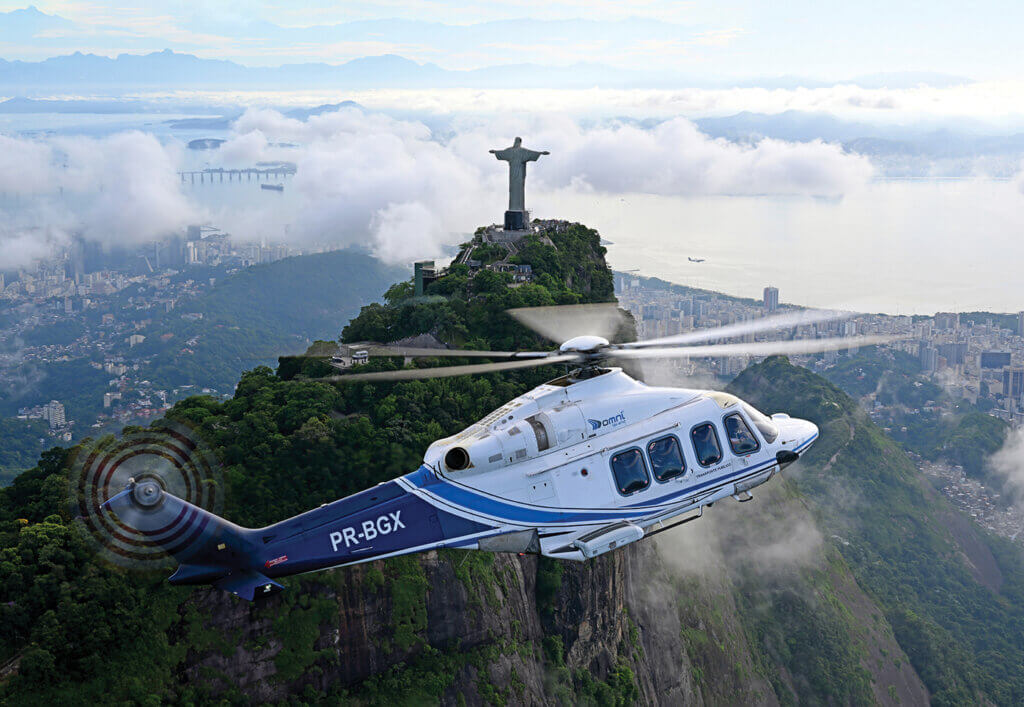
“We are preparing the company with the knowledge and the environment needed to begin operations with eVTOLs when that market comes in,” said Coimbra. He predicted this could be in “three or four” years, and said OTA was currently “more focused” on the Eve eVTOL, in development by fellow Brazilian company Embraer.
“Having the support of Embraer here beside us means it makes more sense in the beginning to consider this one,” he said. “But we are not closed to the other [eVTOLs in development]. . . . The market changes a lot, so let’s see which ones will succeed.”
In considering the company’s strengths, Coimbra said innovation and passionate employees were key elements, along with a customer-focused outlook.
“We always are very committed to support our customers — that’s one of the reasons, for example, that we have a very diversified fleet,” he said. “Diversification brings some concerns about logistics issues, for sure, but also it creates a strength as Omni always has the capability to provide the best helicopter for each customer.”
OTA has also demonstrated an enthusiasm for — and warm embrace of — new technology and innovation, from next generation aircraft and emerging market sectors, to the incorporation of artificial intelligence and machine learning to enhance its operations. The last few years have seen OTA emerge as one of the global leaders in the offshore sector. Given its track record of success and ambition to drive the helicopter industry forward, its influence is only likely to become more broadly felt over the coming years.





